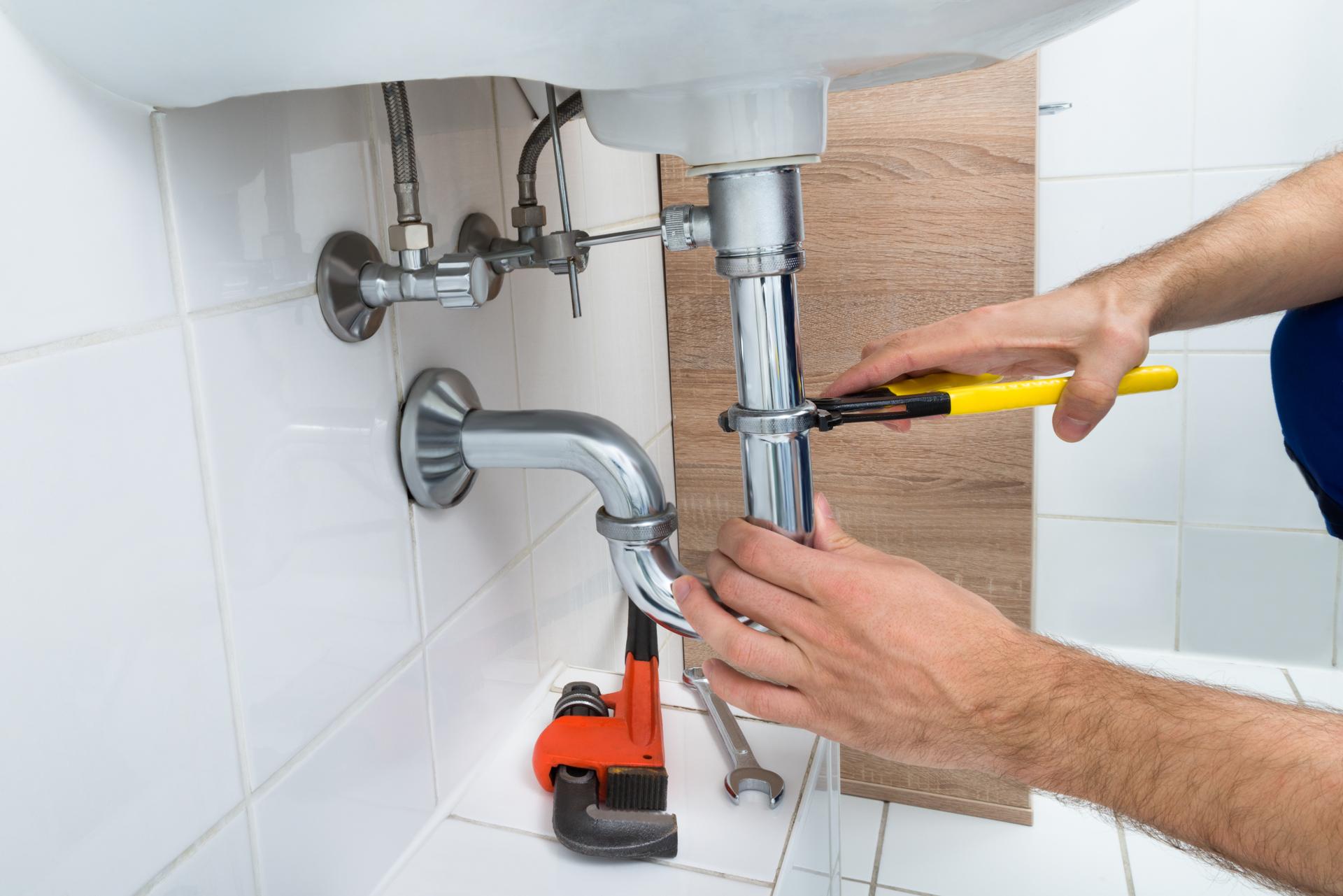Everything You Need to Know About Replacing Your Plumbing

Plumbing is an integral part of any house and provides us with safe water for cooking, drinking, and for cleaning, as well for the disposal of waste. However, like any other system in your home, plumbing will eventually get old and need to be replaced.
Knowing when it’s time to change your plumbing system is essential to avoid costly repairs and avoid potential health risks. This article will discuss the indicators that show your plumbing needs to be replaced, the factors to take into consideration before replacing your plumbing, the procedure for replacing your plumbing as well as the benefits in replacing the plumbing and a section on FAQs to address any concerns you may have.
The signs that it’s time to upgrade your plumbing
There are a variety of signs that indicate your plumbing is in need of being replaced, for example: Leaks When you notice water stains or puddles around your home, it’s likely to be a indication of a plumbing leak. Leaks can cause significant damage to your home’s structure and can lead to the growth of mold and it’s important to take action immediately. Rusty pipes: Rusty pipes are evident that your plumbing needs to be replaced. Rust can contaminate the water you drink, making it unsafe for drinking or cooking. Low water pressure: If your showerheads and faucets produce weak flow of water It’s an indication of low pressure water and could be due to blocked pipes or corroded pipes. Water discoloration: Water that is discolored, such as yellow or brown, is an indication of sediment or rust buildup in your pipes. This could affect the taste and the quality of your water. It may also be a sign of the need for a plumbing replacement.
Factors to Take into Account Before Replacing the plumbing
When replacing your plumbing, there are several factors to consider, including the age of the plumbing: Plumbing systems have a lifespan of about 50 years. So should your home be more than this, then it’s likely that it’s time to replace. Cost of replacement replacing your plumbing could be costly, and it’s essential to budget for this expense. In the event of a plumbing problem that is severe If the plumbing problems are extensive and affecting several parts of your house then replacement could be the best choice.
What to Expect During the Plumbing Replacement Process
The plumbing replacement process involves several steps, including shutting off the water supply: Your plumber must stop the supply of water to your house to avoid any water damage or leaks. Removing old pipes Old pipes need to be removed, which could require cutting into floors or walls. Installing new pipes New pipes will be installed, and may require rerouting to ensure proper water flow. The length of time for replacing the plumbing will depend on the dimensions of your house as well as the complexity of the task. Homeowners can expect some disruption throughout the process, such as water shut-offs, and possibly destruction to floors and walls.
Benefits of Replacing Plumbing
The replacement of your plumbing has many benefits, including increased water efficiency: New plumbing pipes and fixtures have higher efficiency, which means reducing the amount of water you use and decreasing the cost of your utilities. Improved water quality by replacing older, corroded pipes new ones can improve the quality of your water, making it safer to drink and cooking. Lower risk of plumbing problems: New plumbing is less likely to cause leaks or clogs, reducing the requirement for costly repairs in the future.
Conclusion
Replacing your plumbing is an expensive purchase, but it’s vital to ensure the safety of your home and comfort. If you know the indicators that suggest your plumbing needs to be replaced, weighing the reasons for replacement, and knowing what you can anticipate during the replacement process, you will be able to make an informed choice about the plumbing of your home. Remember, replacing your plumbing can provide a variety of benefits, including increased water efficiency, improved water quality and less the chance of having plumbing problems in the future.
FAQ Section
What is the cost to replace the plumbing?
The cost of replacing your plumbing will depend on a variety of factors, including the dimensions of your home as well as the complexity of the project, and the materials used. On average, homeowners should expect to spend between $5,000 and $10,000 for a whole-house plumbing replacement.
How long does it take to replace plumbing?
The time frame for plumbing replacement will vary based on the size of your house as well as the complexity of the task. A typical whole-house plumbing replacement could take from two and four weeks.
Do I need to change my plumbing if there’s an issue with my plumbing?
If you have a single pipe leak, it might not require a full replacement. If you’re experiencing multiple leaks , or detect other indications of plumbing issues, replacement could be the best choice.
Can I replace my plumbing on my own?
The replacement of your plumbing can be a difficult task that should be left to a professional plumber. Attempting to replace your plumbing yourself could result in costly errors and could pose dangers to your safety.
What type of pipes will I need to replace my plumbing?
There are many types of pipes available for plumbing replacement, such as copper, PVC and PEX. Your plumber will recommend the most suitable kind of pipe based on your needs and budget. In conclusion, replacing your plumbing is an important choice that must be taken with careful consideration. When you know the signs that suggest your plumbing requires replacing, weighing the factors before replacement and knowing what to expect during the replacement process, you’ll be able to make an informed choice about your home’s plumbing. A qualified plumber can guide you through the process to ensure an efficient and successful plumbing replacement.
